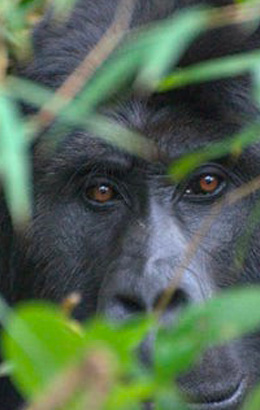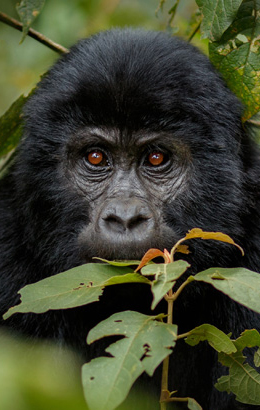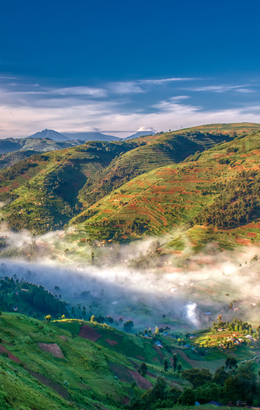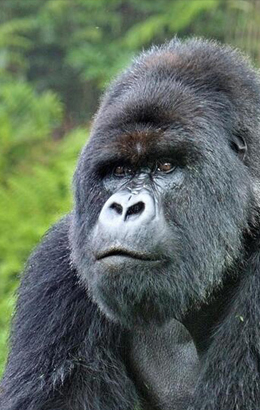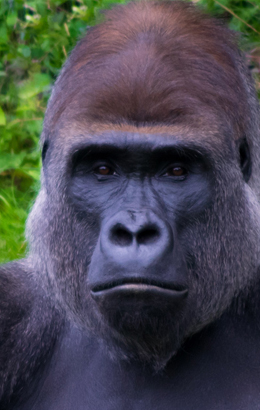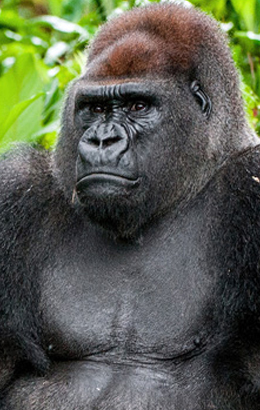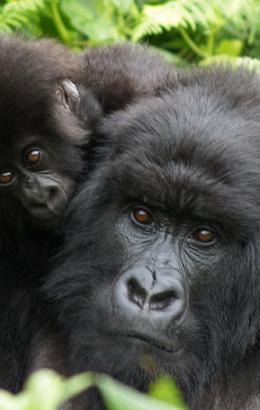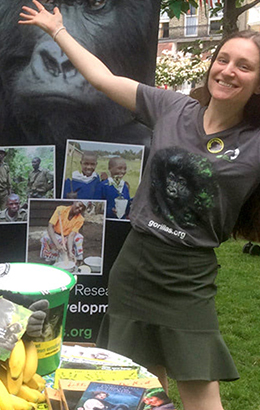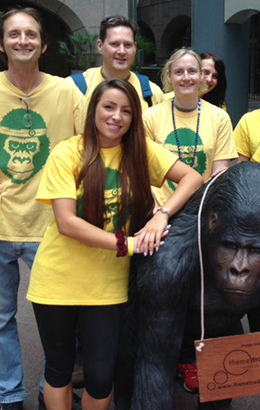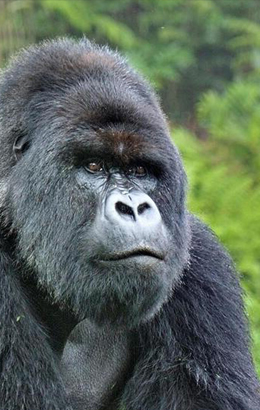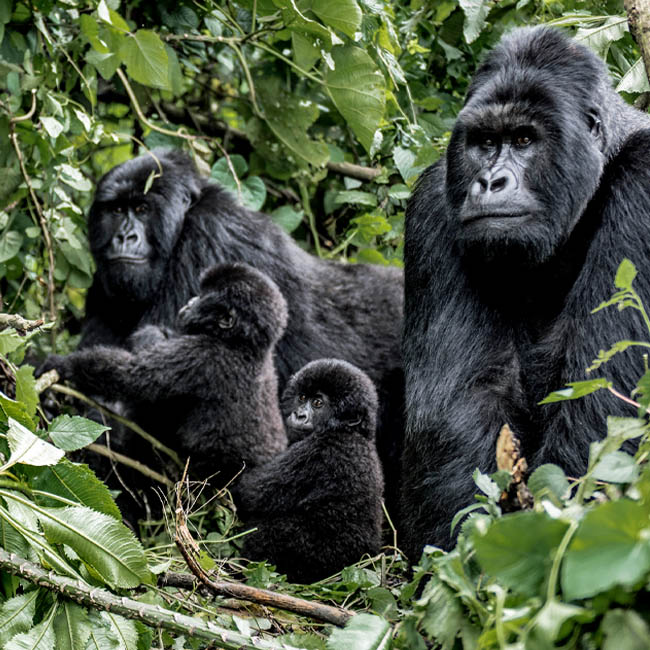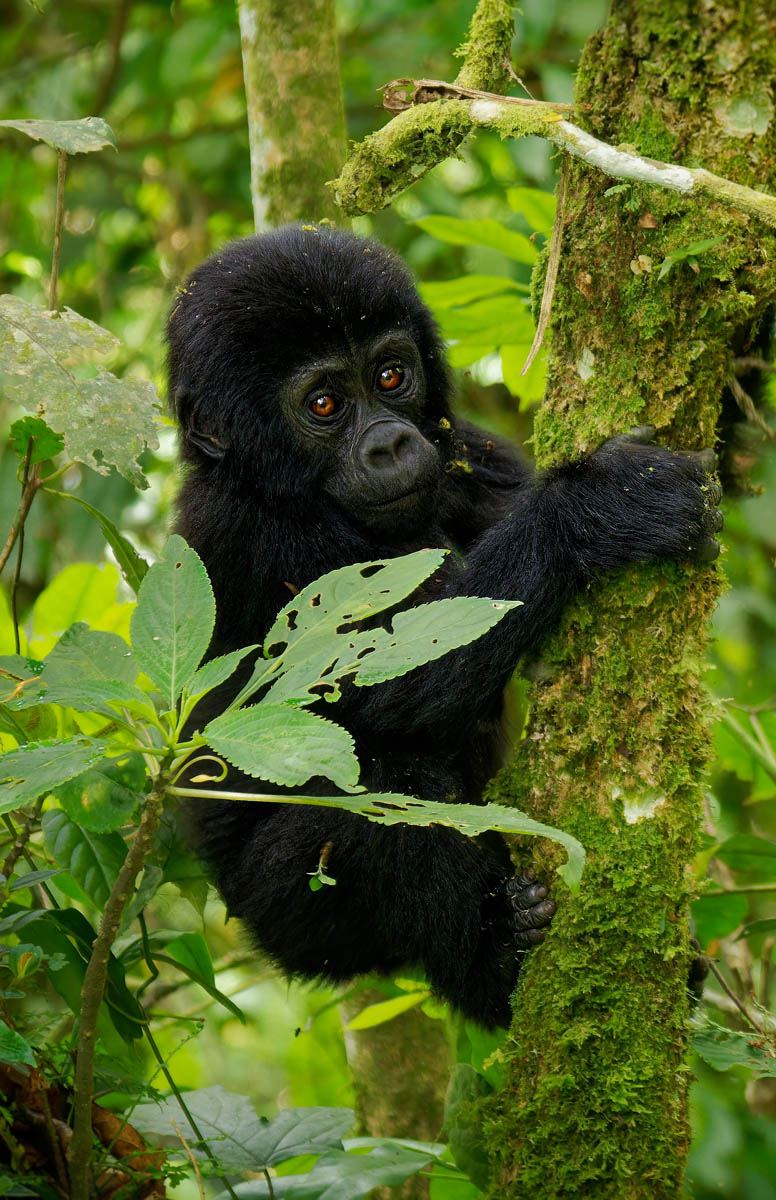Mountain gorilla numbers hit 1,000 for the first time
The mountain gorilla population has surpassed 1,000 for the first time since records began. A newly-concluded survey of the Virunga Massif documented 604 mountain gorillas. Combined with the 400 individuals believed to be living in the Bwindi Impenetrable Forest in Uganda, this takes the total to 1,004.
For much of 2015 and 2016, survey teams painstakingly studied almost every square kilometre of the Virunga Massif, which is made up of the Mikeno Sector of the Virunga National Park in DR Congo, as well as the Volcanoes National Park in Rwanda and the Mgahinga Gorilla National Park in Uganda. When they detected signs of gorilla presence, they followed the apes’ trails and then counted the day and night nests and collected samples from each location. The data was then collated and sent for examination, a lengthy process given that the tests were all carried out non-invasively. The results have now been made available.
The results show that ongoing conservation efforts are working. In all, 41 mountain gorilla groups were identified, and 14 adolescent and adult males were found to be living on their own. The total of 604 represents a significant increase on the 494 mountain gorillas recorded in the same area in 2010, the last time a thorough census was carried out.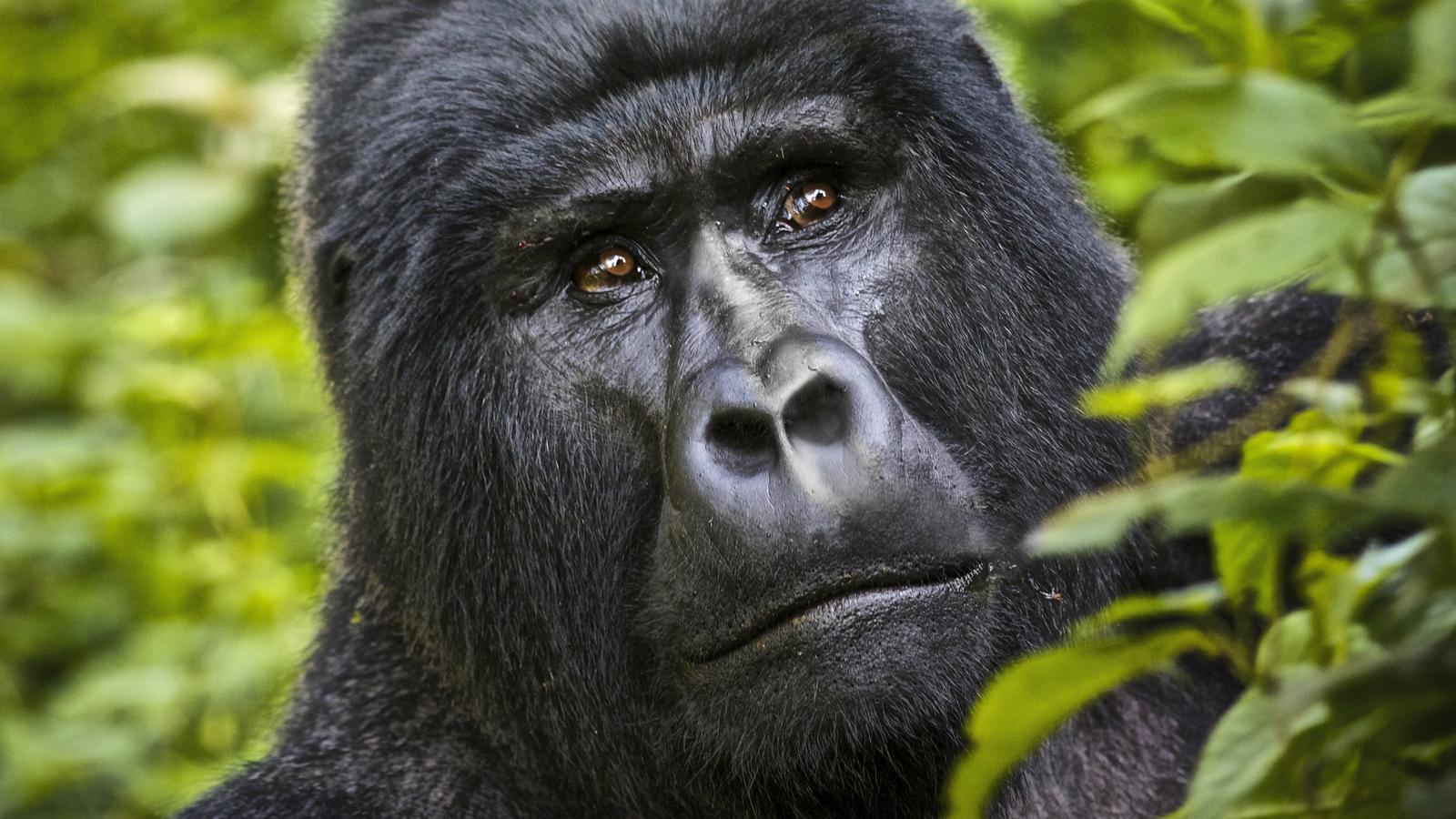
Announcing the news, the Greater Virunga Transboundary Collaboration, whose member institutions carried out the census, attributed the increase in mountain gorilla numbers to effective conservation policies, the tireless work of rangers and trackers and to the support of NGOs, charities and other international actors.
“We’ve quietly been hopeful that the mountain gorilla population would hit the 1,000 mark for some time now. But to have the news officially confirmed after rigorous scientific studies is simply wonderful,” says Jillian Miller, Executive Director of the Gorilla Organization. “This is the clearest evidence possible that joined-up conservation efforts really are making a difference where it counts. After a tough few months, with rangers being attacked and killed at a rate never seen before, this is amazing news. Now we need to carry on in our efforts and ensure that our hard work, and the sacrifices so many have made, isn’t undone.”
Ian Redmond, Gorilla Organization Chairman, adds: “What uplifting and welcome news, that mountain gorillas now number more than 1,000 for the first time in decades. Dian Fossey would be thrilled that the likelihood of mountain gorilla extinction has been turned around.
“This conservation success stems from the dedication and hard work of rangers, wardens and community leaders, political will from the governments of Rwanda Uganda and DRCongo, backed by a global public supporting the work of The Gorilla Organization and other NGOs from afar and visiting the gorillas in person. Now, how many other species can we apply that formula to?”
On a more sombre note, the study warned that the “two populations of mountain gorillas remain small and vulnerable to a potential rapid decline”. As well as the threat posed by poachers and their snares, gorill
as are also at risk from habitat destruction, from diseases and, increasingly, from the impacts of climate change on their natural habitat.
